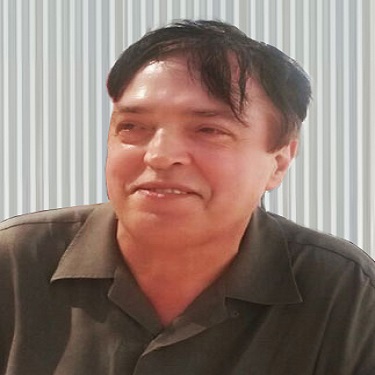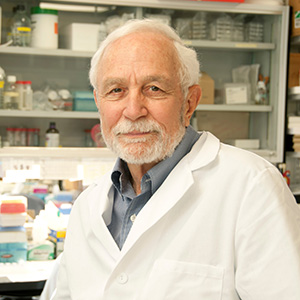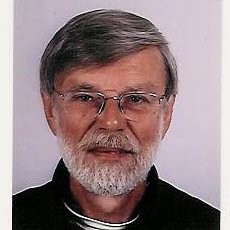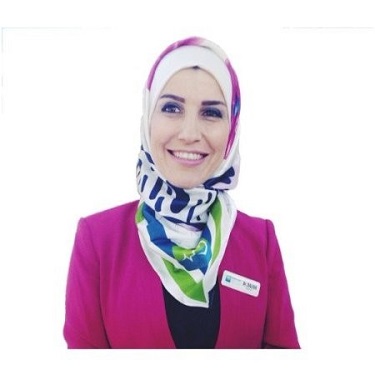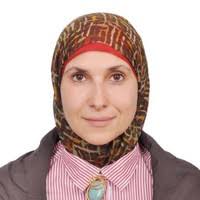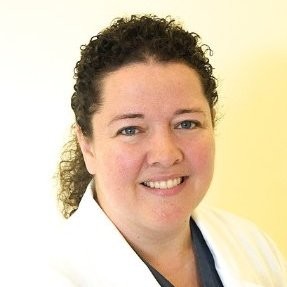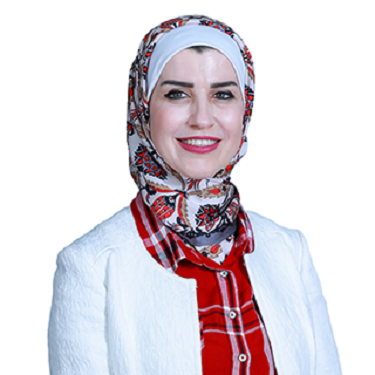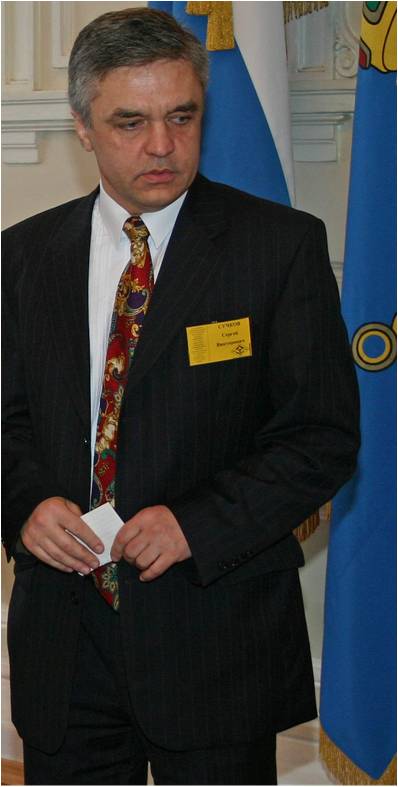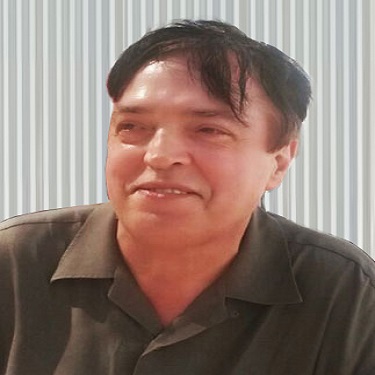Scientific Program
Keynote Session:
Title: Bio Electron's Laser Acupuncture by KBTE Medical laser Device
Biography:
Abstract:
The K-BTE device releases electrons, enriched with natural acids, and is capable of “melting by burning off,” number of sick cells with no harm to the healthy cells.then dispersing, any number of benign or malignant tumors with metastasis in the brain or any other physical organ – with no harm to healthy cells.It “Melts by burning off” then disperses dead cells from the fiber of atrophied muscle, bone and cartilage tissue – as well as plaque from the vascular system – with no harm to healthy cells.The K-BTE device attracts and transfers light – which consists of elemental bio electrons’ photons and electron neutrinos – into the brain. This fosters the
regeneration, recovery and re-growth of neurons in the brain, thereby regaining
its ability to send impulses throughout the body while improving mobility.
Melting and destroying malignant cancer cells in the brain – or any other physical organ – accomplished with no side effects and no harm to healthy cells.
Melting cleanses internal plaque from the vascular system in the brain or any other physical organ. This will prevent strokes, heart attacks, diabetes and many different neurological disorders.
Melting cleanses the fiber tissue of dead cells – dispersing them and making space for the formation of new and healthy cells. This is the most important step for a vital, longer lasting life.The K-BTE device has the capability to cleanse the body of radioactive radiation particles as well as different types of toxic biochemical nerve gas. This enriched-electrons-radiation-emitting-process is absolutely non-radioactive, non-toxic and is, in no way, “shock therapy.”
Title: Naturopathic Medicine in Oncology
Biography:
Ari Y. Baratz is an active member of the College of Physicians & Surgeons of Ontario, the Royal College of Surgeons of Canada, the Society of Obstetricians & Gynecologists of Canada, the American College of Obstetricians & Gynecologists, the Canadian Fertility & Andrology Society, and the American Society of Reproductive Medicine. Dr. Baratz is an Executive Board member for Women’s College Hospital, Medical Staff Association, the Women’s College Hospital Alternate Funding Plan, and is Chair for the Ontario Medical Association Reproductive Biology Section.
Abstract:
Last years have witnessed major advancement in the field of ART and improvement in its outcome. Some modalities were proven to be effective and others were not. The goal of the current presentation is to to assess and present the evidence for both established and emerging approaches for optimization of ART outcome. Pre-cycle evaluation and possible procedures suggested for improving the outcome will be discussed. Dealing with hydrosalpinx and endometrioma before ART will be highlighted in accordance to latest evidence. Individualized ovarian stimulation and decision making during different times of the stimulation cycle, whether on the day of oocyte triggering or the day of embryo transfer will be addressed. Additionally, the value of new modalities suggested for improving the ART outcome will be highlighted in according to the latest evidence and committee opinions.
Title: Treatment with metformin and combination of metformin plus pioglitazone on serum levels of IL-6 and IL-8 in polycystic ovary syndrome: A randomized, clinical trial.
Biography:
Bruce D.Murphy's laboratory has focused on the role of orphan nuclear receptors of the NR5A family in regulation of reproductive events. We have shown that NR5A2, aka liver receptor homolog-1, is essential for the processes of ovulation and luteal function. Its expression in the uterus is likewise necessary for establishment of gestation. NR5A1, aka steroidogenic factor-1, is necessary for maturation of ovarian follicles. Our current studies are aimed at exploring the multiple mechanisms by which NR5A1 and NR5A2 regulate ovarian events, including proliferation, differentiation and cytoskeletal remodeling. Our investigations are characterized by phenotypic analysis of targeted mutations in mice combined with global approaches to determining the widespread molecular changes that occur associated with depletion of the NR5A genes.
Abstract:
Statement of the problem: Pancreatic cancer remains one of the deadliest cancers despite much progress in the science of tumour molecular characterisation and treatment strategies. The introduction of targeted treatments and immunotherapies has yet to provide desirable effect comparable with other cancers such as breast cancer and melanoma. This can be attributed to a pancreatic cancer lower immune-sensitivity and the ability to successfully evade the surveillance of immune system, particularly having resistance against lethal effects of cytotoxic T lymphocytes (CTLs). Tumour-immune resistance is mediated by tumour immune-modulators (TIM) that engage immune-inhibitory receptors on CTLs. Although past research has identified several interaction mechanisms, there is no single study that clearly delineates the molecular dynamics taking place between pancreatic tumour cells and CTLs. Elucidating pancreatic cancer molecular mechanism of immune-evasion and immune-resistance has the potential of identifying downstream onco-targets regulated by TIM and the possibility of developing more effective therapeutic agents.
Methodology & Theoretical Orientation: Exome and transcriptome sequencing of pancreatic tumour cells (from patient samples) and 6 pancreatic cell lines will be performed before and after exposure to chemo- and immune-therapeutics to identify genomic and expression patterns of sensitive and resistant tumour cells. Downstream targets regulated by TIM will be characterised by MudPIT (Multidimensional Protein Identification Technology). Results validation will be obtained using gene silencing shRNA assays for selected oncotargets, followed by exposure to chemo- and immune-therapeutics. Various bioinformatics tools and databases will be used to analyse exome and transcriptome sequence data. Additionally, evaluation of in-silico bioinformatics tools for functional variomics and network perturbation will be performed with the aim to identify best genotype-phenotype connection/prediction algorithms.
Expected Outcomes: this study is expected to provide insight to the role of pancreatic tumour immune mediators (TIM) in driving immune inhibitory effects of cytotoxic T-lymphocytes (CTL). The findings will help in understanding how pancreatic cancer drives immune evasion and in identification of onco-targets for drug development. Conclusion and Significance: The outcomes of the study have the potential of Improving prognosis and clinical outcomes in patients with pancreatic cancer through the development of new therapeutic approaches and strategies.
Oral Session 1:
- Rreproductive| (PCOS) | Medicine | Toxicology | Endocrinology

Chair
Ben Fisher
Director, Division of Reproductive, Gastro-Renal, and Urological Devices, ODE, CDRH

Co-Chair
Nick Kostovic
President Kostovic Acupuncture by bio Electrons Laser
Title: Cancerous immunoglobulins and potential clinical applications
Biography:
Abstract:
Title: Current status of sexuality education in Europe
Biography:
Abstract:
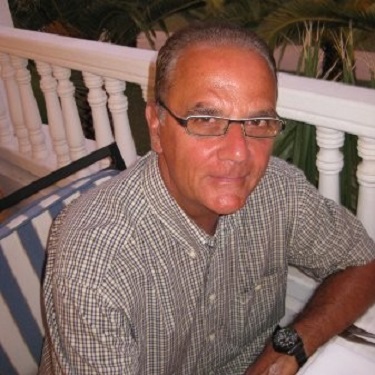
Jean-Marie Poffe
Pharmacien specialiste, en micro-nutrition chez consultation de Auicronutrition , BelgiumTitle: G.I.T IMMUNOLOGY
Biography:
Abstract:
Title: Women Cancer Risk and Polycystic Ovary Syndrome (PCOS)
Biography:
Abstract:
Title: Optimization of ART Outcome: Updated Evidence and Best Practice
Biography:
Abstract:
Title: HIV infected persons in serodiscordant relationships: a preliminary study from a Jamaican cohort
Biography:
Abstract:
Title: Current status of sexuality education in Europe
Biography:
Abstract:
Title: Women Cancer Risk and Polycystic Ovary Syndrome (PCOS)
Biography:
Abstract:
Keynote Session:
Title: Personalized and Precision Medicine as a Unique Healthcare Model through the View of Biodesign and Translational Armamentarium of the Newest Generation.
Biography:
Abstract:
Title: Obesity, Inherited homosexuality and LGBT healthcare
Biography:
Cheryl Wang, MD, PhD, earned her MD at Binzhou Medical College, MSc., Endocrinology and metabolism, internal medicine in Shanghai Second Medical University (now Shanghai Jiaotong University), PhD in Science, Endocrinology and metabolism, internal medicine at PLA medical college.
She did internal medicine residency and trained as an Endocrinologist in Donying People’s Hospital, China, did surgery residency at Mount Sinai and Rutgers in the United States.
Abstract:
One major pathogenesis of obesity is the unbalanced hormones, too much stress hormone steroid and/or not enough “anti-obese” happy hormones, endorphin, serotonin, dopamine, and oxytocin, too much estrogen and/or too less testosterone.
Any sexual orientation is normal. Sexual orientation is X-linked and Y-linked traits, inherited by next generations. It is like this, female homosexual XAXA, female bisexual XAXa, female straight XaXa, male bisexual XAYA, male homosexual (manly type) XAYa, male homosexual (girlish type) XaYA, male straight XaYa. The presentation and degree of homosexuality varies in many ways, and at different stages of lifespan, as these hormones and our genetic makeup change. So is fat deposition. More estrogen and/or less testosterone are associated with fat ass. Fat ass may be an easy way to identify stronger homosexuality.
If everybody loves his/her love, it may be better balanced. Yet, the reality is the reality. LGBT healthcare remains far behind. As an unresolved frustration, closeted homosexuality causes a series of health problems, obesity, tobacco/alcohol/substance abuse, and mental/psychiatric disorders. Incautious sexual practice causes sexual transmitted diseases (STDs) like AIDS. Social problems like inequality opportunities among minorities happen often. It brought huge challenge for management. Better acceptance and recognition from learning in a variety way, information merged into clinical visits through smartphone apps and electronic medical record system (ERMS), barrier protection in sexual practice, positive attitude in daily life, team network of physicians, psychiatrists, psychologists, pharmacists, activists, and communities, with loving hearts. Start local, go global, don’t ever shut the door.
Title: Cancer cured by bio electron's laser acupuncture
Biography:
Nick Kostovic was born on December 6, 1950 in city Split, region Dalmatia, currently Croatia. I graduated from Split Gymnasium in 1969 with an Associate of Arts Degree in Humanities and Science. I am Italian and US citizen.
Abstract:
The K-BTE device releases electrons, enriched with natural acids, and is capable of “melting by burning off,” number of sick cells with no harm to the healthy cells.then dispersing, any number of benign or malignant tumors with metastasis in the brain or any other physical organ – with no harm to healthy cells.It “Melts by burning off” then disperses dead cells from the fiber of atrophied muscle, bone and cartilage tissue – as well as plaque from the vascular system – with no harm to healthy cells.The K-BTE device attracts and transfers light – which consists of elemental bio electrons’ photons and electron neutrinos – into the brain. This fosters the regeneration, recovery and re-growth of neurons in the brain, thereby regaining
its ability to send impulses throughout the body while improving mobility.
Melting and destroying malignant cancer cells in the brain – or any other physical organ – accomplished with no side effects and no harm to healthy cells.
Melting cleanses internal plaque from the vascular system in the brain or any other physical organ. This will prevent strokes, heart attacks, diabetes and many different neurological disorders.
Melting cleanses the fiber tissue of dead cells – dispersing them and making space for the formation of new and healthy cells. This is the most important step for a vital, longer lasting life.The K-BTE device has the capability to cleanse the body of radioactive radiation particles as well as different types of toxic biochemical nerve gas. This enriched-electrons-radiation-emitting-process is absolutely non-radioactive, non-toxic and is, in no way, “shock therapy.”
Oral Session 1:
- Immunology | ART | Physiology |Oncology | Obstetrics |
Title: Accurate And Reliable Fetal Gender Determination Using Primer Design Y-Chromosome Detection Kit
Biography:
Kawalya Emmanuel is a medical professional with extensive knowledge and experience in clinical genomics, bioinformatics, healthcare informatics and economics. He is currently working with Laboratory Administrator Windsor Laboratories in Mengo Hospital Kampala. His main interests lie in the functional sequence data annotation, prioritisation, and interpretation (WGS and WES); multicopy – fetal sex; and integrative/functional medicine.
Abstract:
Aim: To validate a protocol for noninvasive fetal sex determination in maternal plasma and demonstrate its applicability to clinical practice.
Method: Fringe blood from 318 pregnant ladies was gathered from 7 to 12 weeks of incubation. Ongoing PCR was performed for multicopy DYS14 marker arrangement situated inside the TSPY quality by the TaqMan test. An exogenous spiked-in enhancement/identification framework was likewise utilized as a positive control for the extraction procedure. A demonstrative calculation was planned utilizing a blend of these two markers. Fetal sexual orientation controlled by noninvasive pre-birth analysis (NIPD) was contrasted and ultrasound results. The Fisher careful test (two-sided) was utilized to decide affectability and particularity with 95% certainty interims (CIs).
Results: A solitary false-positive outcome was gotten in each of the 318 pregnancies. The general affectability and explicitness were 100% (95% CI 97.7– 100%) and 99.3% (95% CI 96.4– 99.9%), individually. Pregnancy result was gotten in all cases, including 154 male-bearing and 164 female-bearing pregnancies.
Ends: Primer Design Y-chromosome location unit for fetal sex assurance in plasma of early weeks pregnant is exceedingly exact and clinically pertinent if strong revealing criteria are connected
Title: Effects of Furan Exposure on Endocrine Disruption and Reproduction of Sprague Dawley Rats - An F1 Extended One Generation Reproductive Toxicity Study
Biography:
Abstract:

